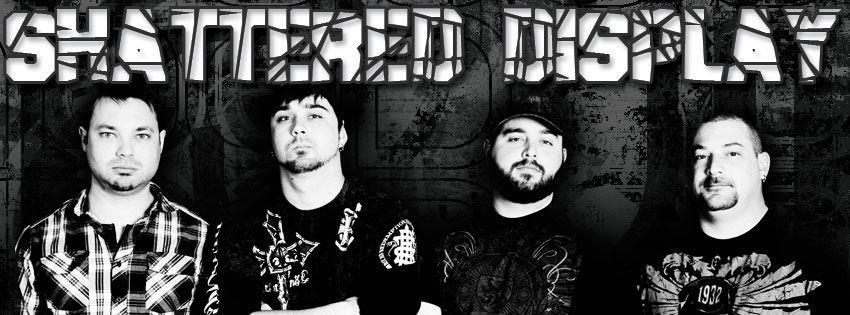
Alternative Rock
Tracklist
CD11. Gardening At Night 3:29
2. Radio Free Europe 4:04
3. Talk About The Passion 3:20
4. Sitting Still 3:17
5. So Central Rain 3:14
6. (Don’t Go Back To) Rockville 4:32
7. Driver 8 3:24
8. Life And How To Live It 4:07
9. Begin The Begin 3:28
10. Fall On Me 2:51
11. Finest Worksong 3:49
12. It’s The End Of The World As We Know It (And I Feel Fine) 4:07
13. The One I Love 3:17
14. Stand 3:11
15. Pop Song 89 3:05
16. Get Up 2:39
17. Orange Crush 3:53
18. Losing My Religion 4:28
19. Country Feedback 4:08
20. Shiny Happy People 3:46
21. The Widewinder Sleeps Tonite 4:07
CD2
1. Everybody Hurts 5:18
2. Man On The Moon 5:12
3. Nightswimming 4:16
4. What’s The Frequency, Kenneth? 4:01
5. New Test Leper 5:24
6. Electrolite 4:05
7. At My Most Beautiful 3:33
8. The Great Beyond 5:05
9. Imitation Of Life 3:57
10. Bad Day 4:05
11. Leaving New York 4:49
12. Living Well Is The Best Revenge 3:12
13. Supernatural Superseious 3:24
14. Überlin 4:14
15. Oh My Heart 3:20
16. Alligator_Aviator_Autopilot_Antimatter 2:44
17. A Month Of Saturdays 1:40
18. We All Go back To Where We Belong 3:35
19. Hallelujah 3:41
Myspace
Get

R.E.M. is an alternative rock band formed in Athens, Georgia, United States in 1980. The band originally consisted of Michael Stipe (vocals), Peter Buck (guitar, mandolin), Mike Mills (bass, keyboards, vocals) and Bill Berry (drums). Berry retired from the band in October 1997 after having suffered a brain aneurysm on the ‘95 Monster tour. He is now a farmer. Although “R.E.M.” can stand for “Rapid Eye Movement”, which is a certain stage during a person’s nightly sleep, it does not have special significance with respect to the band, for they have stated that they got the term at random out of a dictionary. Their first show together had been performed under the name Twisted Kites.
ReplyDeleteThroughout the 1980s, the band worked relentlessly, releasing records every year from their debut album Murmur in 1983 through Green in 1988. Alongside this hectic recording schedule, R.E.M. toured constantly, playing both theaters and backwoods dives. Along the way, they inspired countless bands, from the legions of jangle pop groups in the mid-1980s to scores of alternative pop groups in the 1990s, who admired their slow climb to stardom and were instrumental in the rise of college radio. The band’s politics, aesthetics, and hardworking ethos - largely inspired by the early punk and art rock movements of the 1970s - enabled the group to establish itself quickly as one of the pillars of the U.